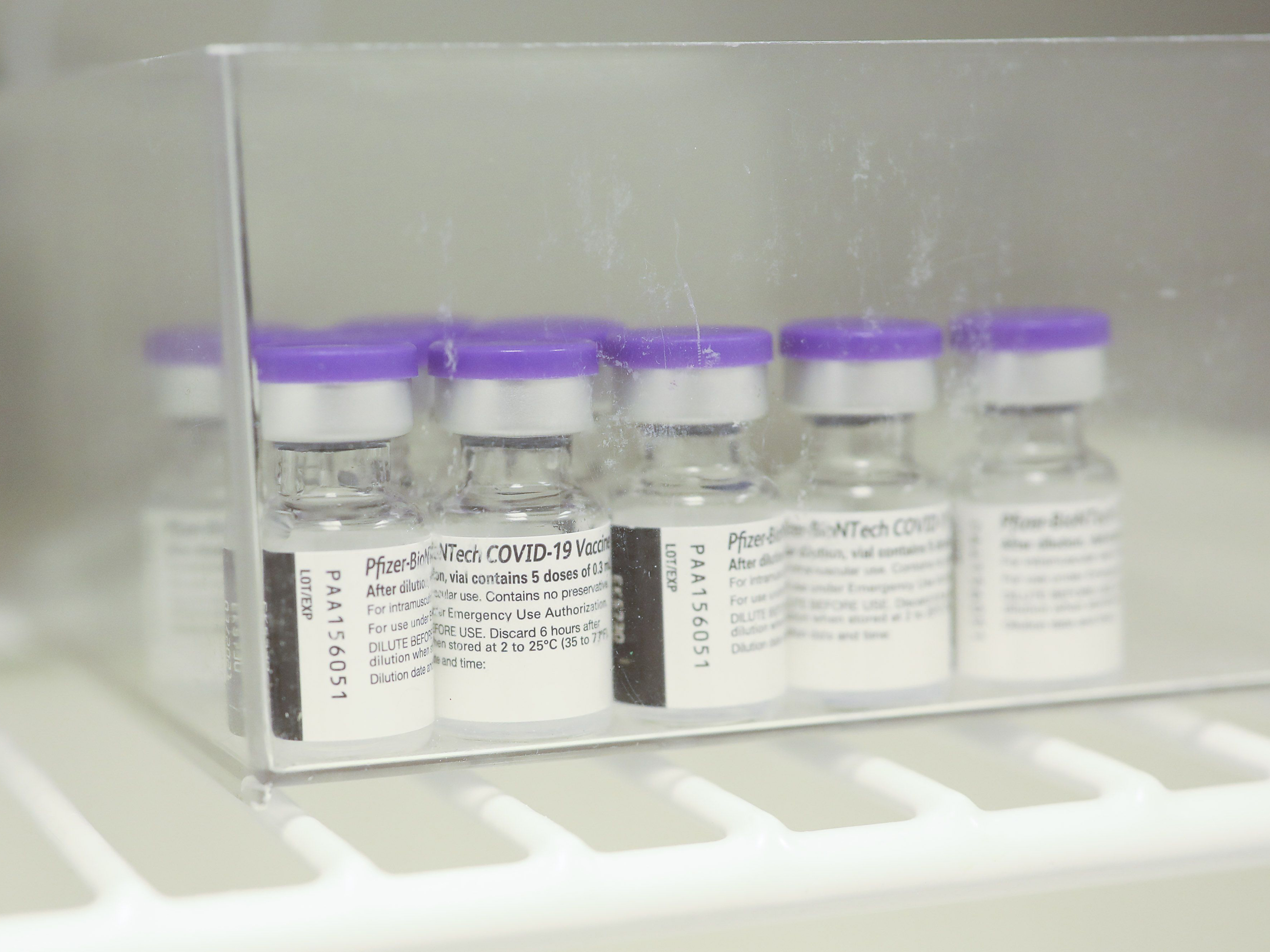
The connection between fleet managers and the COVID-19 vaccine rollout is more important than many people realize. With reports showing that truck temperature fluctuations led to nearly 12,000 vaccine doses spoiling, it’s clear that fleet managers need a better way to access and manage real-time information, and prepare for future pandemics.
Making vaccine deliveries run smoothly requires accurate, real-time information to maintain a complete logistics picture and manage deliveries with precision and efficiency. These insights can help fleet managers, drivers, and the vaccination centers that receive the deliveries work together for the best outcomes.
Key questions that this real-time information can answer include:
- Where are all the vaccine shipments right now?
- What’s the estimated time of arrival of each delivery at the distribution centers?
- Are there road conditions or traffic that could affect this time?
- Is the current temperature of each vaccine shipment lower or higher than allowed, or is it trending in that direction?
Given the unique and highly dynamic nature of this challenge, fleet managers need information-processing technologies that are fast enough to digest data streams from millions of sources in the moment, and agile enough to adapt to evolving situations. A powerful new software technique built upon in-memory computing, the real-time digital twin, has recently emerged with the ability to meet these requirements. It offers fleet managers an important tool for boosting situational awareness as they identify and tackle vaccine delivery challenges.
A real-time digital twin is designed to track and analyze large volumes of fast-changing data in the moment. It can also aggregate results within seconds, to provide a complete picture of how a logistics network for vaccine distribution is performing. This enables operators to immediately spot and remedy emerging problems, such as temperature changes that might put doses at risk, or delivery delays that could impact vaccination centers. A real-time digital twin can simultaneously examine messages from thousands of shipments, update each vehicle’s status, and help evaluate which driver is most in need of assistance, so that fleet managers know when to alert relevant drivers, healthcare providers, and government agencies.
To make all this possible, a real-time digital twin is created for each shipment to track key status information about its current viability and arrival at distribution centers. As the digital twin receives periodic messages from drivers and trucks, it updates its contextual information to help operators spot problems. For example, it can track each box's location, destination, and current condition on a second-by-second basis and predict potential problems, allowing logistics managers to know the current and likely future status of each shipment. The application software that runs in a real-time digital twin can be quickly written to analyze a single shipment, then deployed to simultaneously track thousands of shipments distributed among trucks in a fleet and then aggregate the insights.
Trucking fleets play a vital role in the vaccination effort. Without them, the whole vaccination program would fall apart. We need to empower fleet managers with the information required to ensure that each vial gets delivered to vaccination centers and on to patients quickly and safely. An effective process is critical, since delays or spoiled vials could translate into lost lives and further spread of the virus. Forward-thinking technology such as a real-time digital twin can help ensure a successful COVID-19 vaccine rollout, and better prepare logistics systems for future pandemics.
William Bain is founder and CEO of ScaleOut Software.







